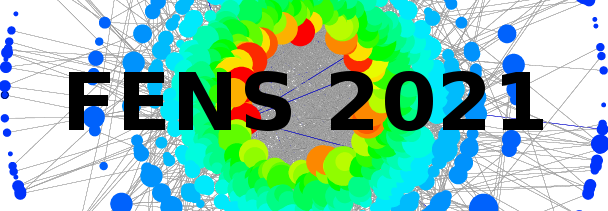Speaker
Description
The Axelrod model is a well known model of culture development and dissemination describing a possible mechanism for emergence of cultural domains. It is based on two sociological phenomena: homophily and the theory of social influence. Technically, it assumes that every culture is represented by a vector of F cultural traits (features), each taking any of q allowed opinions (values). The model assumes that an individual can interact with local neighbors if they share common traits. The agents are conservative in the sense that they are more likely to interact with other agents who are similar to them. At every successful interaction, one of the interacting agents accepts the agent’s point of view on a topic on which both agents differ. Consequently, interactions increase the similarity between agents and make them even more likely to interact in the future. The Axelrod model allows for coexistence of multiple cultural domains where neighboring cultures are completely different.
The Axelrod model does not take into account the fact that cultural attributes may have different significance for a given individual. This is a limitation in the context of how the model reflects the mechanisms driving the evolution of real societies. The model is modified by giving individual features different weights that have a decisive impact on the possibility of changing the opinion and in turn on interactions between two individuals. Introduced weights have a significant impact on the system evolution, in particular they increase the polarization of the system in the final state.
[1] R. Axelrod, J. Conflict Resolt. 41, 203 (1997).
[2] B. Dybiec, N. Mitarai and K. Sneppen, Eur. Phys. J. B 85, 357 (2012).

